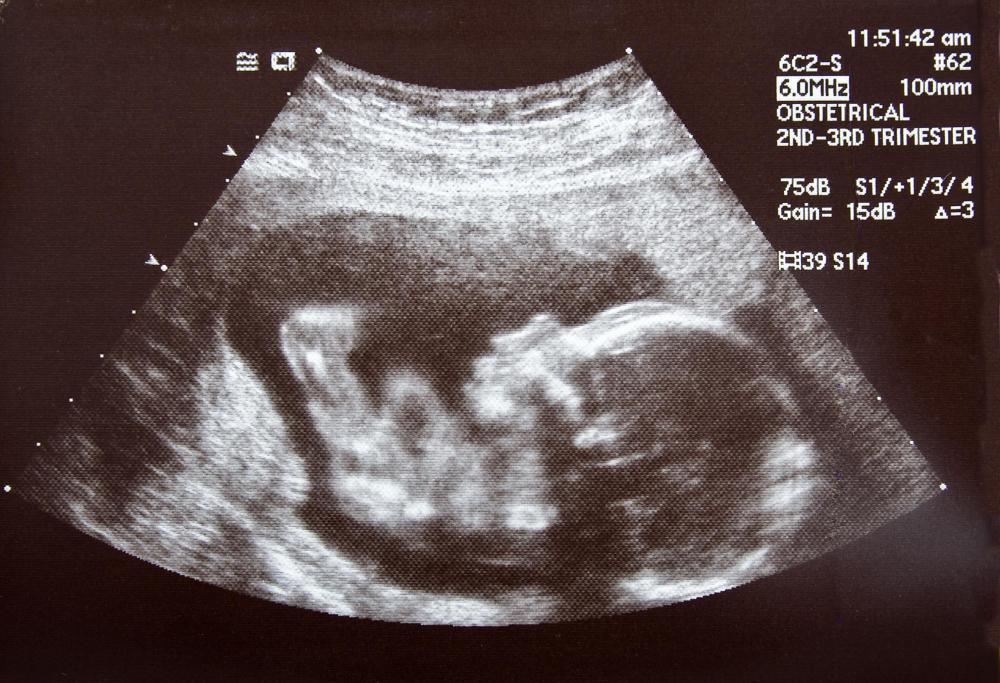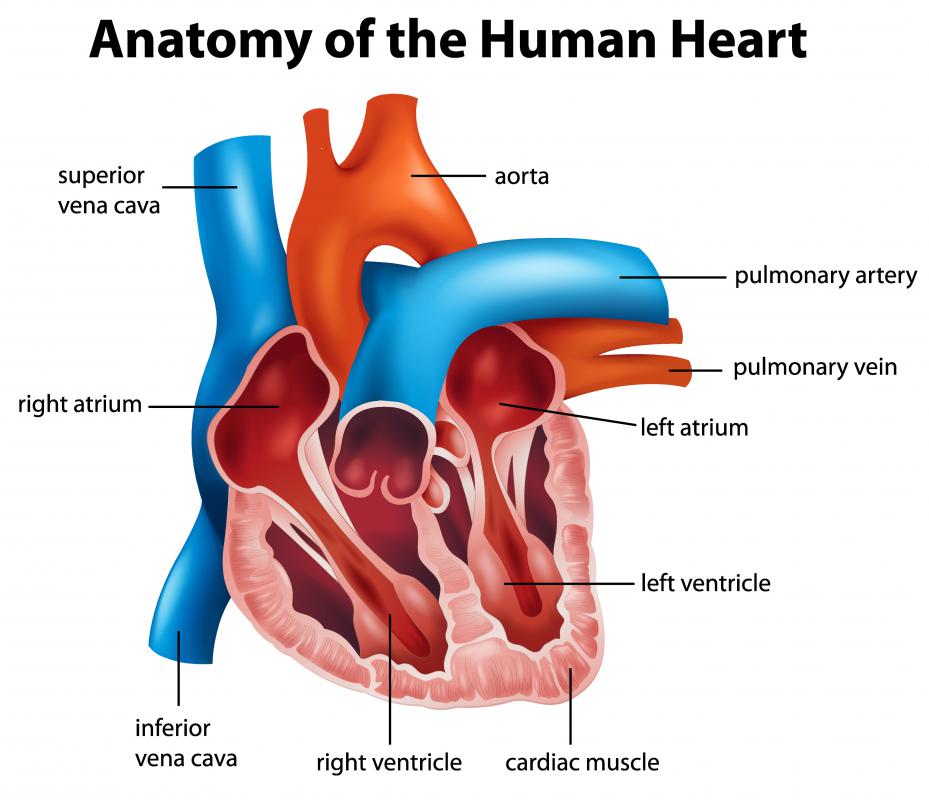At WiseGEEK, we're committed to delivering accurate, trustworthy information. Our expert-authored content is rigorously fact-checked and sourced from credible authorities. Discover how we uphold the highest standards in providing you with reliable knowledge.
What is the Ductus Botalli?
The ductus Botalli, also known as the ductus arteriosus, is one of three small passages or shunts in the heart of a developing fetus. It connects the pulmonary artery to the aortic arch, allowing blood to bypass the fetus' developing lungs. Biological signals trigger the ductus Botalli to close shortly after birth. If the shunt fails to close, the result is a potentially serious but treatable congenital heart condition called patent ductus arteriosus.
Named after the 16th century Italian physician Leonardo Botallo, the ductus Botalli provides a route for the blood of a fetus to travel from the right heart ventricle to the aorta without passing through the compressed lungs. While the fetus develops in the womb, the lungs remain compressed. The ductus Botalli makes it possible for the right ventricle to train and strengthen without subjecting it to resistance from the immature lungs.

With an infant's first breath immediately after birth, a number of biological effects take place that signal the end of the ductus Botalli. The pulmonary capillaries open up, causing the pressure in the pulmonary artery to fall below the pressure in the aorta for the first time in the infant's development. The lungs release a peptide called bradykinin that works to lower blood pressure, causing blood to drain out of the ductus Botalli. Prostaglandin levels previously supplied by the mother fall, prompting smooth muscle cells in the walls of the passage to contract. The duct completely seals off within two weeks after birth.

If the ductus Botalli fails to close, the resulting congenital heart condition is known as patent ductus arteriosus. In patent ductus arteriosus, the open or "patent" duct allows blood to continue to pass between the pulmonary artery and the aorta. Patent ductus arteriosus is more common in premature births than in children carried full term because of the underdeveloped heart and lungs of premature infants.

Mild-to-moderate cases of patent ductus arteriosus might present few symptoms aside from a heart murmur, which is also a symptom of many other conditions. As a result, the condition might go undiagnosed until several years into childhood. Severe cases of patent ductus arteriosus, however, can present life-threatening symptoms such as breathing difficulties and failure to gain weight.

Without treatment, patent ductus arteriosus can develop into pulmonary hypertension, arrhythmia or congestive heart failure. There are, however, pharmaceutical and surgical options for treating patent ductus arteriosus that lead to complete and proper closure of the ductus Botalli. Indomethacin and ibuprofen, two drugs often prescribed for the disorder, work by inhibiting the synthesis of prostaglandin. Premature infants respond especially well to this method of closure.
AS FEATURED ON:
AS FEATURED ON:
















Discuss this Article
Post your comments